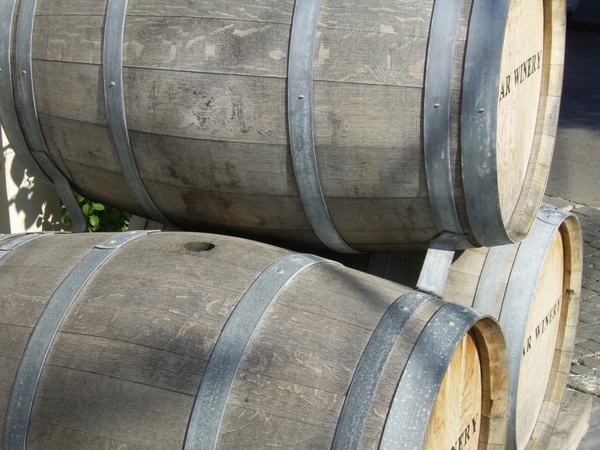Discussions about wine production and all of its technical components may be a bit boring for most of us. But a better understanding about what goes into wine, as well as where and how it is made, will not only help you decipher wine labels but also aid in evaluating potential wines to enjoy.
The first step to understanding the wine is to identify the grape variety from which it is made. With the exception of many French labels, most wines are labeled with the grape variety along with the brand. (French wines are often identified by region, with specific regions being known for producing certain grapes or styles.) Of course, not all chardonnays will taste exactly the same, but they will have similar flavor profiles. Once you know the grape and the flavors, you can better understand what type of wine is in the bottle.
Who produces the wine also makes a difference. If a company is producing thousands of barrels using high-tech equipment versus a small family winery with only a few hundred barrels, the outcome will be different. I always use cheese as a comparison. Consider the difference in a supermarket brand cheese versus a locally produced small batch cheese.
Where the grape is grown and what goes on in the vineyard is the next key. The climate — hot versus cool — determines style. Hot areas usually grow grapes that are riper, richer and more full-bodied. Grapes grown in cool areas generally will be lighter-bodied and produce wine lower in alcohol content. Also influencing the wine taste is crop size, age of the vines, when the grapes are harvested, and even how much spraying is done and the pesticides used.
Another factor in determining taste is whether the winemaker used massive stainless steel or small hand-crafted, new oak barrels to store the wines.
It’s also important to keep in mind that most of these factors will be reflected in the price. A wine mass-produced and brought to market quickly will be cheaper than one that is more elaborately produced and aged.
THE VALUE
- 2014 Chamisal Vineyards Stainless Chardonnay, California (about $16 retail)
THE SPLURGE
- 2013 Alexander Valley Schoolhouse Reserve Cabernet, California (about $41 retail)
